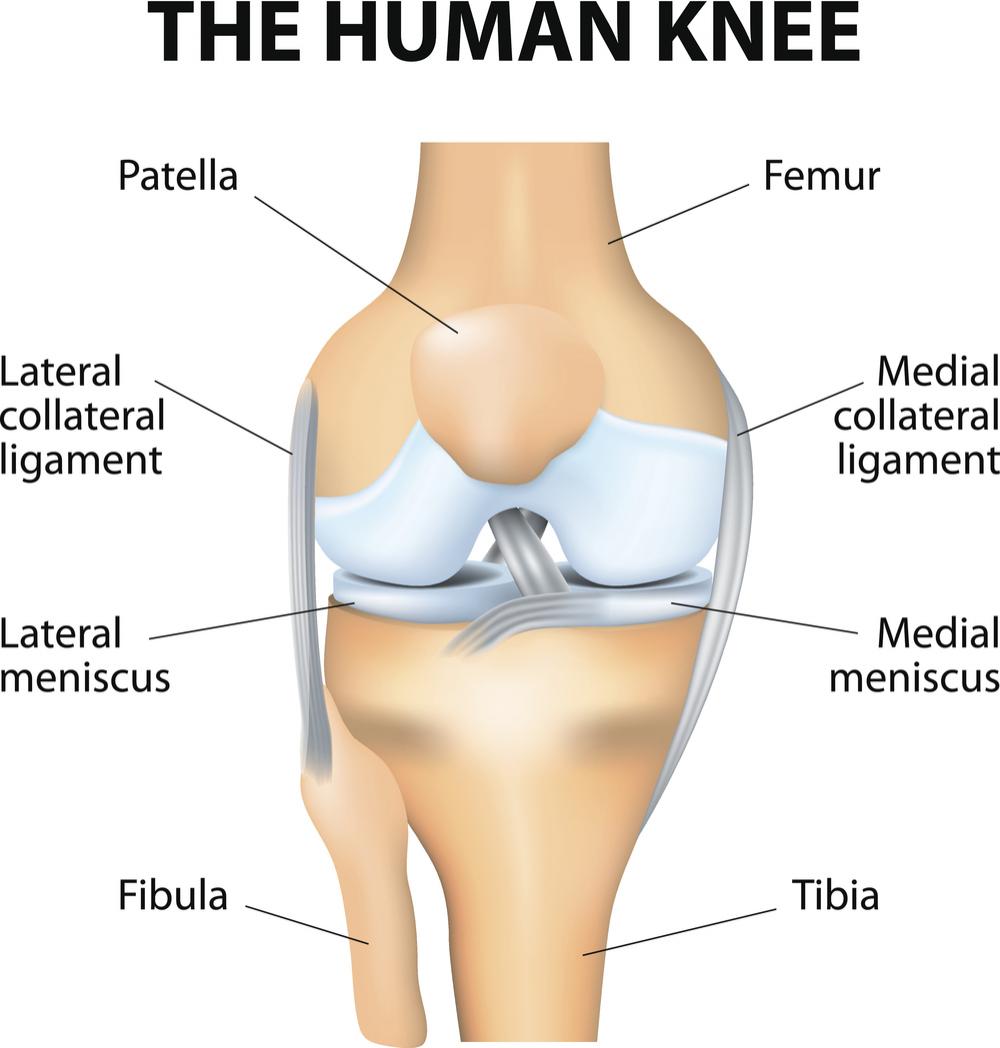The Parts of the Knee: A Comprehensive Guide
The knee joint is a remarkable and intricate structure that plays a pivotal role in our daily lives. As we navigate through various activities, from walking to running, our knees are put to the test. This guide aims to provide you with a comprehensive understanding of the different parts of the knee, their functions, and the importance of maintaining knee health.
The Complex Anatomy of the Knee
The knee is a remarkable example of biomechanical engineering. It’s not just a simple hinge joint; rather, it’s an intricate network of bones, ligaments, cartilage, and tendons working together to provide stability and facilitate movement.
Bones of the Knee
Understanding the bones that make up the knee is essential for comprehending the joint’s structure and function. The femur, the longest bone in the body, forms the upper part of the knee joint. Beneath it lies the tibia, the larger of the two lower leg bones, which supports the body’s weight. The fibula, a thinner bone, runs parallel to the tibia and provides additional stability.
Ligaments and Their Role
Ligaments are strong, fibrous connective tissues that hold bones together and provide stability to the knee joint. They act as living hinges, limiting joint movement and preventing excessive motion that could lead to injury. The knee joint is reinforced by two types of ligaments: collateral ligaments and cruciate ligaments.
Cruciate Ligaments: ACL and PCL
The anterior cruciate ligament (ACL) and the posterior cruciate ligament (PCL) are crucial components of the knee’s stability and movement control. The ACL runs diagonally in the center of the knee, preventing the tibia from sliding in front of the femur and providing rotational stability. The PCL, on the other hand, prevents the tibia from moving too far backward in relation to the femur.
Collateral Ligaments: MCL and LCL
The medial collateral ligament (MCL) and the lateral collateral ligament (LCL) provide stability to the knee by preventing side-to-side motion. The MCL runs along the inner side of the knee, connecting the femur to the tibia. The LCL, conversely, runs along the outer side of the knee, connecting the femur to the fibula.
Menisci and Their Importance
The knee joint contains two C-shaped pieces of cartilage called menisci (singular: meniscus). These act as shock absorbers, distributing weight and reducing friction between the femur and tibia. Menisci also provide stability to the knee and help with load-bearing during activities.
Knee Joint and Articular Cartilage
The knee joint is where the femur, tibia, and patella meet. This intricate joint allows flexion (bending) and extension (straightening) of the leg, as well as limited rotation. To ensure smooth movement and prevent bone-on-bone friction, the knee joint is covered with articular cartilage. This specialized cartilage provides a cushioning effect and enables pain-free movement.

Synovium and Synovial Fluid
The knee joint is encapsulated by the synovium, a thin membrane that lines the inner surface of the joint capsule. This membrane produces synovial fluid, a lubricating fluid that nourishes the joint and reduces friction between the joint surfaces during movement. The synovial fluid also plays a role in joint protection and shock absorption.
Common Knee Problems and Symptoms
Despite its complexity and resilience, the knee is susceptible to various issues that can impact daily life. Conditions such as osteoarthritis, rheumatoid arthritis, meniscus tears, and ligament injuries can cause discomfort, pain, swelling, and reduced mobility. Recognizing the symptoms of these problems is essential for timely diagnosis and effective treatment.
Frequently Asked Questions (FAQs) About the Parts of the Knee
1. Q: What are the primary components of the knee joint?
A: The knee joint comprises bones (femur, tibia, fibula, patella), ligaments (ACL, PCL, MCL, LCL), cartilage (menisci, articular cartilage), and tendons.
2. Q: What do the cruciate ligaments, ACL and PCL, do?
A: The anterior cruciate ligament (ACL) prevents the tibia from sliding in front of the femur, while the posterior cruciate ligament (PCL) prevents excessive backward movement.
3. Q: What is the role of the collateral ligaments, MCL and LCL?
A: The medial collateral ligament (MCL) prevents side-to-side motion inward, and the lateral collateral ligament (LCL) prevents outward motion of the knee.
4. Q: What purpose do the menisci serve in the knee joint?
A: The menisci act as shock absorbers, distribute weight, reduce friction, and provide stability to the knee joint.
5. Q: What is articular cartilage, and why is it important?
A: Articular cartilage covers joint surfaces, providing cushioning, smooth movement, and preventing bone-on-bone friction.
6. Q: What is the role of the synovium and synovial fluid?
A: The synovium produces synovial fluid, lubricating the joint, nourishing the cartilage, reducing friction, and aiding in shock absorption.
7. Q: What are some common knee problems and their symptoms?
A: Common issues include osteoarthritis, rheumatoid arthritis, meniscus tears, and ligament injuries. Symptoms may include pain, swelling, clicking, and instability.
8. Q: How can I protect my knees during physical activities?
A: Engage in proper warm-ups, use appropriate footwear, maintain good posture, perform exercises to strengthen supporting muscles, and avoid overexertion.
9. Q: Can knee problems be prevented with a healthy lifestyle?
A: Yes, maintaining a healthy weight, staying active with low-impact exercises, wearing proper footwear, and practicing proper body mechanics can all contribute to knee health.
10. Q: When should I seek medical attention for knee issues?
A: If you experience persistent pain, swelling, stiffness, or any significant changes in knee function, consult a medical professional for accurate diagnosis and guidance.
Conclusion
The knee joint is a marvel of biological engineering, allowing us to perform a wide range of movements essential for our daily activities. Understanding the various parts of the knee and their functions is vital for maintaining knee health and preventing injuries. From bones and ligaments to cartilage and synovial fluid, each component plays a crucial role in ensuring the knee’s stability and mobility.




